Posted in: 06/05/2022
The 5th of June and those that precede it are already fixed in the international calendar as a moment of the year in which the environment becomes the absolute center of discussions . The date was established during the Stockholm Conference in 1972, and after 50 years Sweden is once again host to discussions promoted by the United Nations Environment Program (UNEP).
This year, the theme One Earth – sustainable life in harmony with nature brings up the urgent need to understand human beings and their organizations in society as fundamental in this process. In corporate language, this means paying more and more attention to the S of Environmental, Social, and Corporate Governance , the ESG (acronym for environmental, social and corporate governance, in the English term).
Traditional peoples and rural communities that live from family farming are extremely important for the ecosystem balance and biocultural diversity, as they hold and practice knowledge that regulates and benefits the organisms involved in these processes. It is a consensus in the field of research that forests like the Amazon are the source of biodiversity that they are today thanks to the interference and beneficial management of human groups over the centuries .
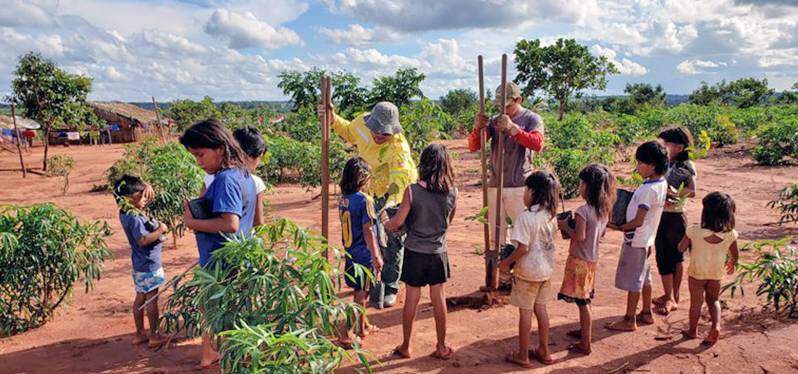
Today, only 12.4% of the forest that originally existed on the coast of Brazil remains , according to data from the SOS Mata Atlântica Foundation , and fires in the Amazon have increased by 82% compared to the same period in 2018, according to data from the National Institute for Space Research ( Inpe) .
This reality puts people who live in forests and countryside at even greater risk . There are news of conflicts over land ownership and occupation, illegal exploitation, such as mining, the advance of monoculture cultivation or pasture as a monopoly of the agribusiness of large producers, in addition to violence that is difficult to explain, such as the recent case of the Yanomami group attacked and disappeared in Roraima, who may be fleeing through the forest and the burned houses of family farmers in the south of Pará.
These individuals often seek to end this insecurity by abandoning their traditions and communities to live and work on farms owned by large producers or in urban centers , with loss of their quality of life, their autonomy and their traditional knowledge.
The situation is even more complex if we consider that there is no systematization of the complete mapping of indigenous, quilombola and traditional communities, indicating where they live and how many there are. The dossier “Traditional Peoples and Biodiversity in Brazil – Contributions of Indigenous Peoples, Quilombolas and Traditional Communities to Biodiversity, Policies and Threats,” which has been published in stages over the past two years by the Brazilian Society for the Progress of Science, is intended to be a source of research of great value for those who work with the theme.
Among the examples of how the integration of these communities is beneficial and necessary is the preservation of pollinators , demonstrated in the article Biocultural approaches to pollinator conservation , which gathered research in 15 countries, including Brazil. Traditional peoples maintain what is called a biocultural diversity relationship, and the text demonstrates that they have deep knowledge of native bee species. Proof of this is the fact that one of the indigenous groups studied names all parts of the body of these animals , which are essential for plants to reproduce and produce food. Of all the species named by them, 86% exactly match the scientific reference .
“Although putting an end to deforestation is the task of environmental inspection bodies , in the list of state command and control actions, it is also important to think of other economic chains compatible with the forest and, perhaps more than that, to think of other ways of valuing the forests ”, as shown in VOLUME 3 of the Série Amazônia Brasileira , published by Synergia.
More than just thinking about and implementing policies that delimit conservation areas, territories and protect their exploitation, it is necessary to include indigenous peoples and local communities in environmental governance . One of the ways to do this is to fight for them to have access to information and justice and, as a UNEP report demonstrates, to incorporate their knowledge to improve their quality of life, the conservation, restoration and sustainable use of nature and, consequently, benefit the society in general.
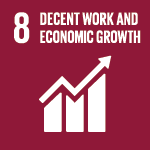
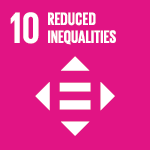
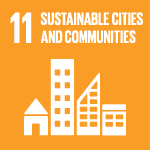
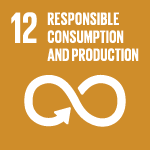
Sign up and receive our news.